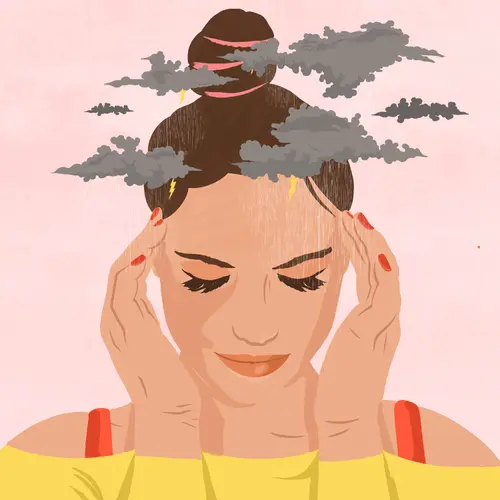Nov. 20, 2023 – Scientists have a new theory of why some people get headaches shortly after drinking red wine, even just a small glass.
It’s a mystery that dates back to the ancient Greeks, who made the first vintages. Popular explanations have included that the headaches are caused by preservatives called sulfites or by the body’s reaction to grape skin components called tannins, but the theories have lacked conclusive evidence.
In a new study from a team of University of California researchers, laboratory tests showed that an antioxidant might set off a process in some people that blocks the body from breaking down the alcohol properly, resulting in a toxic buildup that triggers the headache within a few hours of drinking red wine. The findings were published Monday in the journal Scientific Reports.
The researchers believe the situation only applies to some people and that not all red wines necessarily trigger the headaches. The headaches begin shortly after drinking the wine and wouldn’t be due to a next-day hangover stemming from drinking a lot of alcohol.
Based on laboratory experiments, the researchers theorize that the antioxidant responsible for the headaches is a flavanol called quercetin. It’s considered a healthy antioxidant that can even be purchased in supplement form.
But “when susceptible people consume wine with even modest amounts of quercetin, they develop headaches, particularly if they have a preexisting migraine or another primary headache condition,” co-author Morris Levin, MD, a professor of neurology and director of the Headache Center at the University of California, San Francisco, said in a statement. “We think we are finally on the right track toward explaining this millennia-old mystery. The next step is to test it scientifically on people who develop these headaches, so stay tuned.”
Red wines have 10 times more flavanols than white wines, the researchers noted. The amount of quercetin varies widely from one red wine to another, and the flavanol is known to be higher in wines whose grapes had a lot of sunlight exposure, compared to shaded grape clusters. Some vineyards use practices like trellises and leaf thinning to manage sun exposure of grapes. Wine-making techniques also impact quercetin levels, the researchers wrote, such as how the wine is aged and whether it is aged with the skins on or off of the grapes.
A follow-up study in humans is planned to compare the headache effects of wines that contain a lot of quercetin with those that have very little of it. The researchers also hope in the future to examine why some people are more likely to get red wine headaches.
“If our hypothesis pans out, then we will have the tools to start addressing these important questions,” said wine chemist and co-author Andrew Waterhouse, PhD, a professor emeritus with the University of California, Davis Department of Viticulture and Enology.
